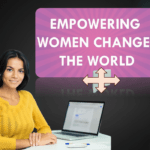Empowering Women: The ongoing series on “Empowering Women” continues with this fourth installment, featured on the website, Raise Your Dimensions (RYD).
In a world that continuously strives for progress and equity, women’s empowerment emerges as an important matter for positive change. Despite the remarkable strides women have made, there is much ground to cover. Empowering women is not a finite mission but an ongoing commitment that demands collective action. Active involvement by all of us under different roles in women’s empowerment not just benefit to women, but society as a whole.
Throughout this series of articles, our intention is to illuminate the various facets of this subject. We seek to trigger contemplation, encourage diverse perspectives, and inspire exploration that contributes to the framework of rightful women’s empowerment.
The first article on this topic began with an outline of a specific area we intended to explore. The second installment acknowledged women’s contributions across diverse fields and their impact on various aspects of society. The third post illuminated women’s unique strengths and the challenges they encounter.
In this post, our focus shifts towards:
- Analysis of Underrepresentation of Women in Leadership roles
- Analysis of the alignment of Sociocultural norms with Women’s Empowerment
Underrepresentation of Women in Leadership

In an era where progress and equity are at the forefront of global conversation, the underrepresentation of women in leadership roles remains a persistent issue. While women have made significant strides in various fields, from politics to business, their representation in top leadership positions still lags behind that of men.
The Current Landscape
Women have made remarkable progress in recent decades, shattering many gender-related glass ceilings. They have risen to prominence as CEOs of major corporations, heads of state, and influential leaders in various industries. However, despite these achievements, a closer look at the statistics reveals a stark reality:
- Political Leadership: Women remain underrepresented in political leadership roles around the world. Globally, only about 26.5% of parliamentary seats are held by women. This gender gap in politics persists despite women proving their capabilities as effective political leaders.
- Corporate Leadership: In the corporate world, women are often underrepresented in top executive positions. They may hold mid-level management roles but face significant challenges in reaching the highest level of leadership. As of the latest data available, women represent just 10.4% of Fortune 500 CEOs. These statistics show a clear underrepresentation of women in leadership roles, highlighting the need for continuous efforts to bridge this gender gap.
Contributing Factors and Challenges in Breaking Barriers
To understand the reasons behind underrepresentation in leadership roles, we must look into the interconnected factors. These include implicit bias, the absence of mentorship, work-life balance, engrained stereotypes, and institutional barriers. Overcoming these challenges and increasing women’s representation in leadership roles is a complex issue that demands a concerted effort from various stakeholders.
Mitigating implicit biases and confronting stereotypes is essential. Encouraging individuals to acknowledge and challenge their biases can lead to more inclusive leadership. Establishing mentorship and sponsorship programs tailored to support women in leadership positions can provide valuable guidance and opportunities. Implementing progressive policies and advocating for work-life balance can enable women to pursue leadership roles without compromising their personal lives. Providing leadership training that emphasizes inclusivity and diversity can empower both men and women to create more inclusive workplaces.
Governments and businesses play a pivotal role in this endeavor. They can establish diversity targets, advocate for transparency, and create environments that actively support women’s leadership.
The underrepresentation of women in leadership roles is not just a matter of gender equality; it is a matter of harnessing the full potential of our societies. By breaking down the barriers we can promote diverse perspectives, experiences, and talents. It’s a collective synchronized responsibility of all of us, that spans government, businesses, communities, and individuals.
Alignment of Sociocultural Norms with
Women’s Empowerment

Women’s empowerment is a multifaceted concept influenced by various factors, including governance structure, societal norms, community dynamics, and individual actions. Analyzing the alignment or misalignment among these elements with the goal of women’s empowerment is crucial for understanding the broader landscape and identifying areas for positive change.
In this context:
- Governance can be linked to the Legal Framework
The enactment and enforcement of laws that promote gender equality. Encourage the participation of women in political and decision-making processes. Implement economic policies that promote women’s access to decent work, equal pay, and entrepreneurship opportunities.
- Businesses pertain to corporate practices through various means
Implementing inclusive workplace policies, such as equal pay for equal work and flexible work arrangements. Encouraging women’s representation in leadership positions within companies is a step towards breaking the glass ceiling, and ensuring fair practices.
- Societal norms align with cultural expectations
Societal norms, deeply rooted in culture and tradition, can either facilitate or obstruct women’s empowerment. Challenging and dismantling gender stereotypes is essential. Empowerment thrives in societies that recognize and respect diverse gender roles and identities. Promoting education for women challenges norms that limit their access to knowledge and opportunities.
- Communities represent the social fabric
Communities are the bedrock of societal change, and their role in women’s empowerment is undeniable. Strong communities that support women’s rights and provide safety nets can empower women to pursue their goals. Grassroots movements and community-based organizations can raise awareness about gender issues and advocate for change.
- Individuals act as Agents of Change
At the heart of every societal change are individuals. Educating individuals, from a young age, about gender equality fosters a more inclusive and empathetic society. Mentorship programs can empower women by providing guidance and role models in various fields.
Positive and Negative Sociocultural Measures and Barriers
| Sociocultural Elements | Positive Measures | Negative Barriers |
|---|---|---|
| Governance link to the legal framework | 1. Legal protections 2. Gender equality policies | 1. Discriminatory laws 2. Inadequate implementation |
| Businesses pertain to corporate practices | 1. Gender-inclusive hiring 2. Equal pay | 1. Gender discrimination 2. Glass Ceiling |
| Society norms align with cultural expectations | 1. Equality and Respect 2 Education and Career | 1. Gender Stereotypes 2. Domestic/caregiving expectations |
| Communities represent the social fabric | 1. Supportive networks 2. Advocacy and awareness | 1. Traditionalism 2. Stigma and bias |
| Individuals as agents of change | 1. Education and Advocacy 2. Mentorship and support | 1. Bias and prejudice 2. Lack of awareness |
The alignment of governance, businesses, societal norms, communities, and individuals with women’s empowerment is a complex and dynamic process. Recognizing the role of each element and taking coordinated action at different levels can lead to meaningful progress and a future where women have equal opportunities to thrive and contribute to society.
Dear readers, our discussion on this subject persists. Let us approach this topic with an open mind, striving for progress and a brighter future where women are more empowered in shaping a valuable and flourishing society.
Disclaimer: The majority of the pictures on our platform are sourced from Google images and Pexels, and may not indicate copyright ownership. We will promptly remove the picture with sincere apologies, if any copyright claims.







